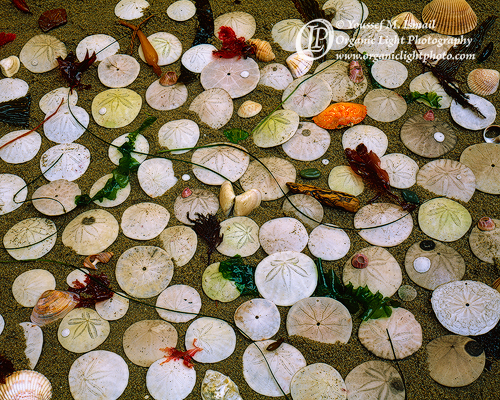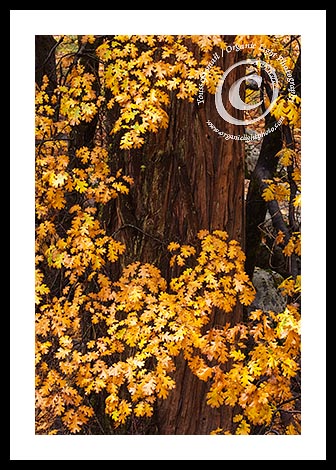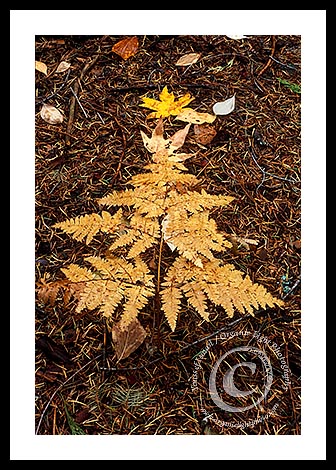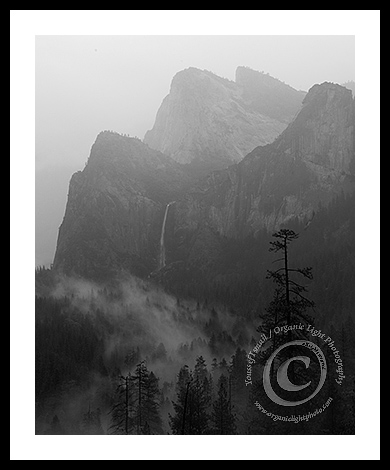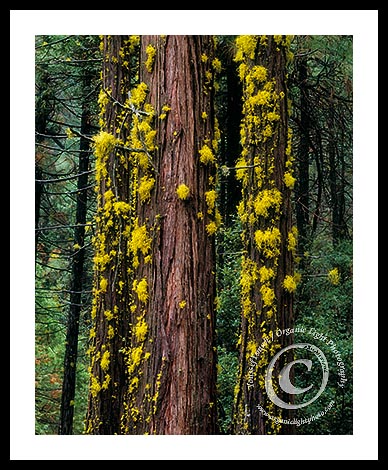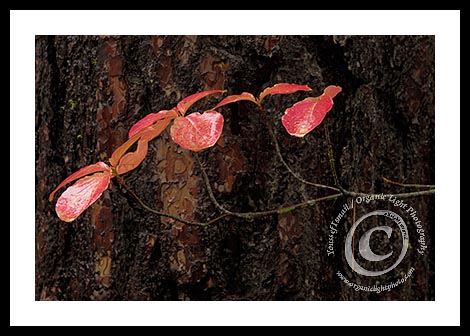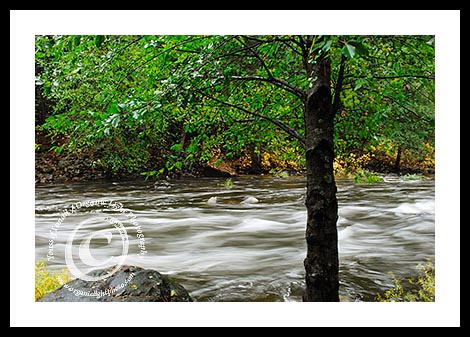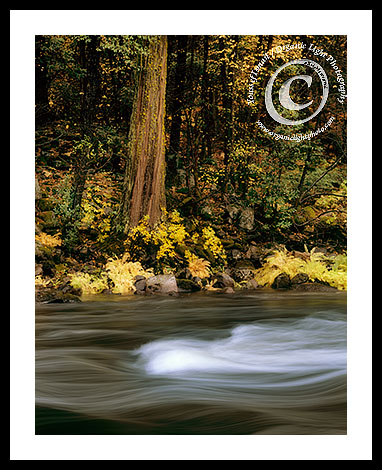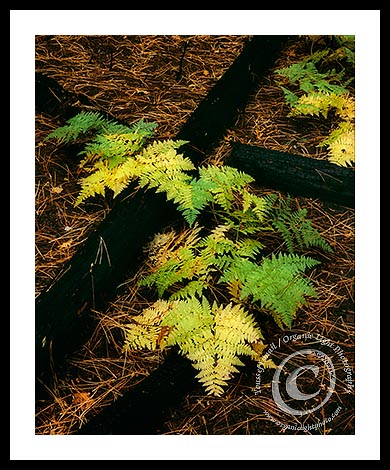One Million Dollars
Imagine walking along a California beach on a mild mid-spring day. Its mid-morning and the fog is just breaking allowing the gentle rays of sunshine to stream through and you feel its warmth on your skin. As you walk along hand-in-hand with your loving spouse, your children are buzzing around like bees jumping and splashing about in the surf with sudden peals of excitement as they bolt out of the water to avoid a crashing wave, the ocean breeze tickles your cheeks and the aroma of the salty air transports you to a state of calm and tranquility without a care in the world.
Imagine all that, just for a moment.
I did not have to imagine it, because I found myself in just such a state. Would you trade that for a million dollars? Would you trade that state of joy for a million, or any amount of money?
As we walked along on that sun swept beach, I suddenly spy a sand dollar lying there in the surf. The sand dollar is a species of extremely flattened, burrowing sea urchins belonging to the order Clypeasteroida. Their test, the hard skeletal shell that makes up their body, exhibits radial symmetry that is five fold. An amazing example of one of the numbers in the Fibonacci Sequence of numbers (1, 1, 2, 3, 5, 8, 13…), appearing in nature. Well it was not long before I found a second and then a third and so on. As we continued to walk along the beach we happened upon a somewhat large depression in the sand. In that depression there were more sand dollars there than I could count. Most were shattered pieces of test. However among the detritus, hundreds of sand dollars of all sizes were found. MOre than I could carry, so out the call went to my assistants and before long we had an impressive collection of sand dollars.
Well, given to the recent fascination with collections of found things on beaches, we arranged the sand dollars and made the fourth installment in the series.
What are precious family moments worth? What about walks on the beach? The mysterious nature of Fibonacci Numbers and how they appear throughout nature? Could they be replaced with one million dollars? two million? maybe a billion? Could any amount buy you a moment as rich as those spent in the love of family, nature, and the world?
These sand dollars depicted had already succumbed to their natural demise, as is the case with every living thing. But like any echinoderm, the changing environment in the oceans is wreaking havoc among their populations and no amount of money could ever bring them back. We need to think long and hard about what we find valuable in our lives and strive hard to preserve them.
Until next time, Peace.
